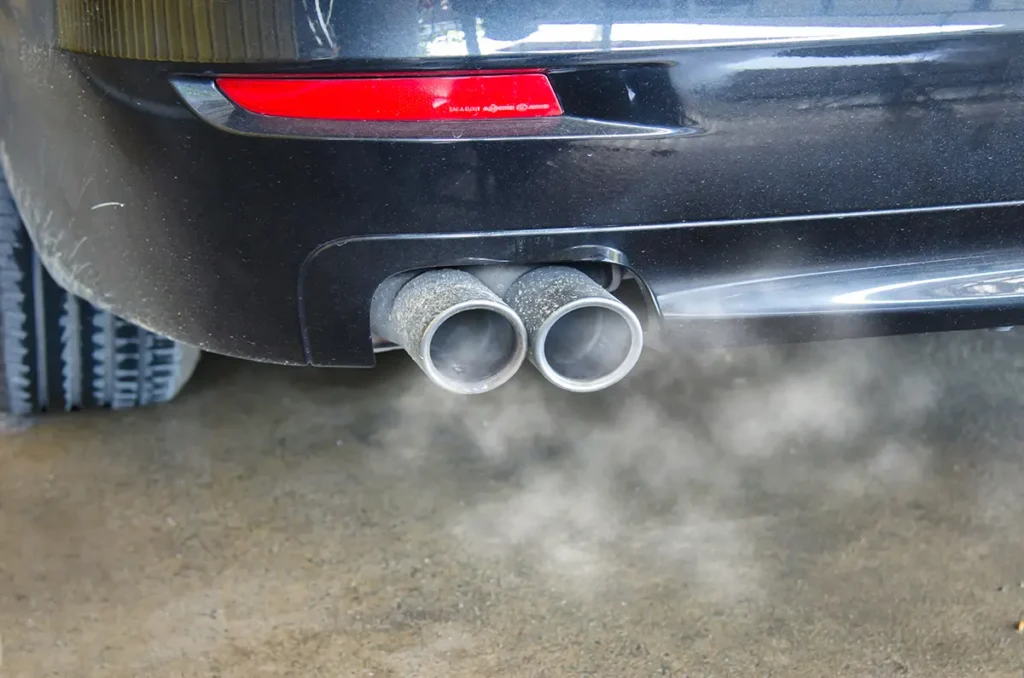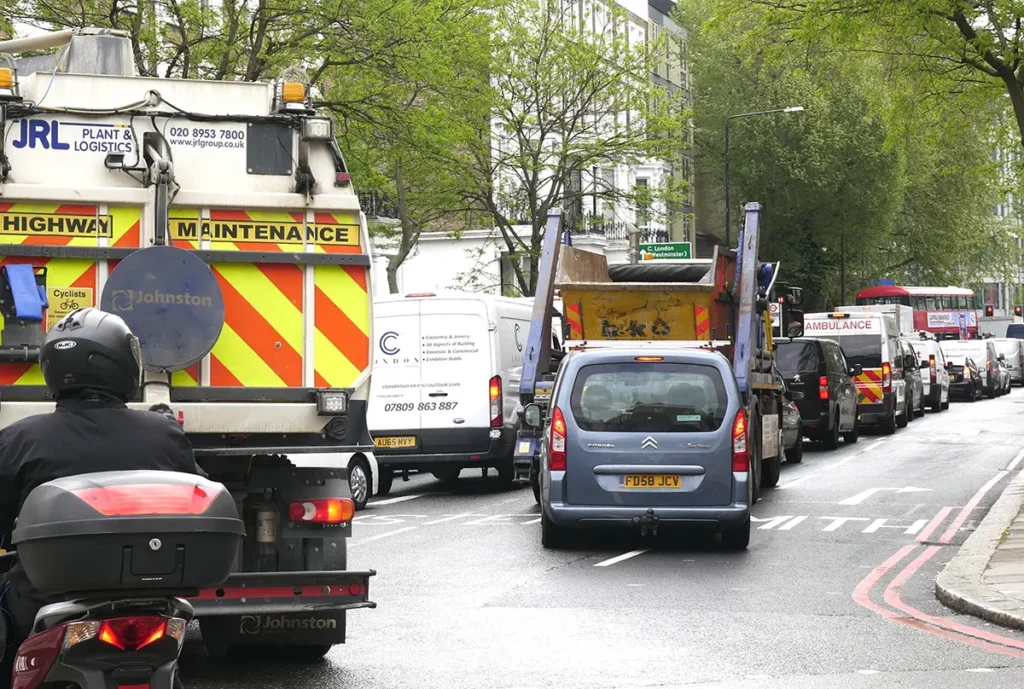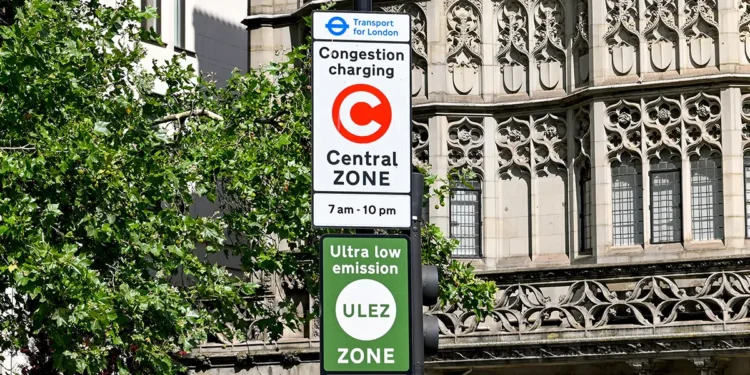In an age where green initiatives reign supreme, Low and Ultra Low Emission Zones (LEZ and ULEZ) have become a staple in the urban landscape. Beginning in London and subsequently spreading its roots throughout the UK, these zones represent a commitment to reducing vehicular emissions and promoting healthier urban living. But for motorists, the implications can be more than a bit perplexing.
The Origin of Emission Zones: London’s Green Initiative
The inception of London’s ULEZ initiative in April 2019 was a bold stride towards curbing the alarming surge in urban air pollution. Central to this scheme was a daily £12.50 fee for non-compliant vehicles, with the proceeds being channelled back into enhancing the city’s transportation infrastructure and, by extension, its air quality.
Why was this step crucial? Considering over half a million asthma-afflicted Londoners, the urgency was evident. The city’s complex mesh of roads and towering edifices often act as a trap for noxious air.
The subsequent expansion of the ULEZ and the introduction of the broader LEZ across Greater London showcased its success. The highlight? A staggering 94% of vehicles within ULEZ now adhere to the rigorous emissions standards, a significant leap from 37% in 2017.
Quick tip: Planning a trip to London? The Transport for London website is your go-to resource for all things emission-zone related.

Emission Zones Beyond London: UK Cities Take the Leap
London’s pioneering initiative set a precedent. Soon, cities across the UK began rolling out their own versions of emission-reducing zones. Birmingham and Bath, for example, opted for Clean Air Zones (CAZ). However, while the essence remains the same, each city offers its unique spin. In Birmingham, higher-polluting vehicles incur charges, whereas in Bath, private vehicles are exempt.
Differing rules notwithstanding, a commonality emerges – all zones use Automatic Number Plate Recognition (ANPR) cameras, making it virtually impossible for motorists to sidestep charges.
But there’s a silver lining. A gamut of grants and incentives are on offer, aiding upgrades for taxis, minibuses, coaches, and LGVs, facilitating the transition to cleaner commuting solutions.
Scotland Joins the Fray: Glasgow’s Emission Standards
Glasgow, the trailblazing Scottish city, unveiled its LEZ on the eve of 2019. Initially aimed at local buses, by June 1st, 2023, all vehicles in Glasgow must comply with Euro 4 (for petrol) and 6 (for diesel) emission standards. Violators? A hefty £60 fine awaits. With Glasgow leading the way, other cities are poised to enforce similar stringent measures against high-emission vehicles.
To date, a total of 10 UK cities have implemented emission-related restrictions, with several others in the pipeline.

The Green Upside: Breathing Easier in Urban Centres
Admittedly, tourists and commercial operators often lament the complexities and costs associated with these zones. However, the undeniable upside? Enhanced air quality that transforms urban centres into healthier, more enjoyable spaces.
In conclusion, while navigating through or around Low Emission Zones may seem like a daunting task, understanding their purpose and staying informed can make the journey considerably smoother. Our cities are undergoing a green revolution, and with the right knowledge, we can all play a part in this transformative era.







